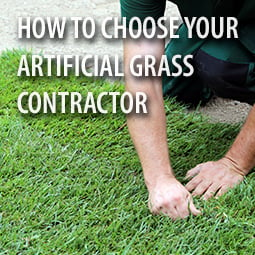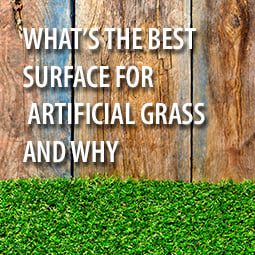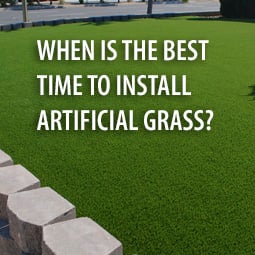The decision to replace natural lawn with artificial grass is one that more and more homeowners are making, drawn by the allure of a perpetually green and a low-maintenance yard. However, hindsight often reveals that there’s a lot they wish they had known before taking the plunge.
From the importance of proper planning to understanding the nuances of the occasional maintenance required such as weeds, here's an in-depth look at the insights and considerations that can make or break the artificial grass experience.
Importance of Proper Planning
Planning is paramount when it comes to installing artificial grass. One of the key aspects often overlooked is the importance of choosing the right type of synthetic turf. With options ranging from thatch, no-thatch, Low pile, tall, short, each material offers different textures, durability, and aesthetic appeal. Furthermore, preparing the installation site involves more than just clearing the area and rolling out the turf. It requires preparing the ground correctly, ensuring proper drainage, and addressing any underlying issues such as tree roots or areas prone to sinking that could compromise the integrity of the artificial turf in the long run.
Step-by-Step Guide to Artificial Grass Installation
The installation process of artificial grass can be intricate and labor-intensive. Homeowners often underestimate the amount of work and materials needed or steps required, from edging to capping sprinklers if that’s what you choose. However, before we can install your new artificial grass, the old grass has to go.
This typically requires 3 - 4 inches of your topsoil to be removed first, then baserock needs to be added so the area can be properly prepared. While this sounds straight-forward, removing existing sod is a lot of work and depending on how this is done, can take time. Most professional companies can complete the project in two or three days, depending on the size of the project, the size of their crew, and how they manage the removal process. Additionally, cutting and securing the grass requires precision and patience, especially around edges, obstacles or trees.
Long-Term Care for Artificial Grass
While artificial grass is celebrated for its low maintenance, that doesn't mean you can just forget about it. A time will come for the occasional need for weeds to be removed, along with keeping up with pet waste, either picked up or rinsing down will be essential to maintaining its appearance. Homeowners are often surprised by the effort required to deal with wear and tear, especially in high-traffic areas which can flatten over time.
Understanding the Costs Involved
The initial investment in artificial grass can be significant, and homeowners frequently fail to account for all the costs involved. Beyond the turf itself, expenses include groundwork, such as removal, dumping, and adding are setting up any necessary drainage systems. However, when comparing these upfront costs to the long-term savings on water bills, lawn care, fertilizers and maintenance, the financial benefits become clearer.
The Environmental Pros and Cons
The environmental impact of artificial grass is a topic of much debate. On one hand, it conserves water, eliminates the need for harmful pesticides and fertilizers, and reduces carbon emissions from lawn maintenance equipment. On the other hand, concerns about the synthetic materials' recyclability (with some products now becoming 100% recyclable) and its overall environmental friendliness. When comparing artificial grass to the real thing, it's obvious which one is the better choice.
Wrapping It Up
In retrospect, homeowners who have navigated the journey of installing artificial grass share a common sentiment: they wish they had known more about what the process entailed. From the importance of choosing the right type of grass to understanding the maintenance and care implications, being well-informed can significantly enhance the satisfaction with the end result. With the right preparation, realistic expectations, and a commitment to occasional maintenance, artificial grass can indeed fulfill its promise of a beautiful, sustainable lawn.
Disclaimer: Updated March 2024











